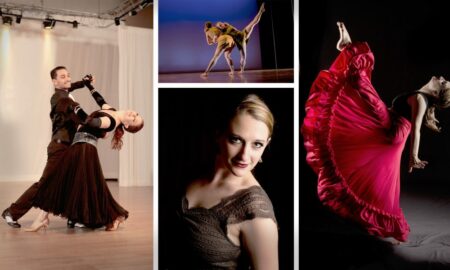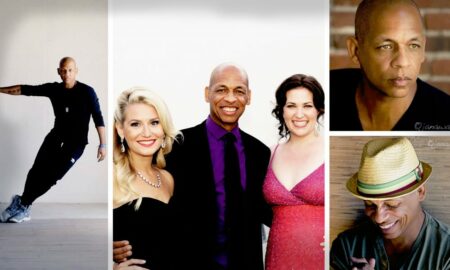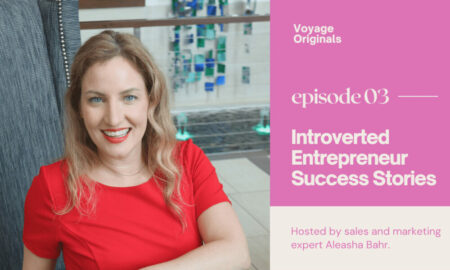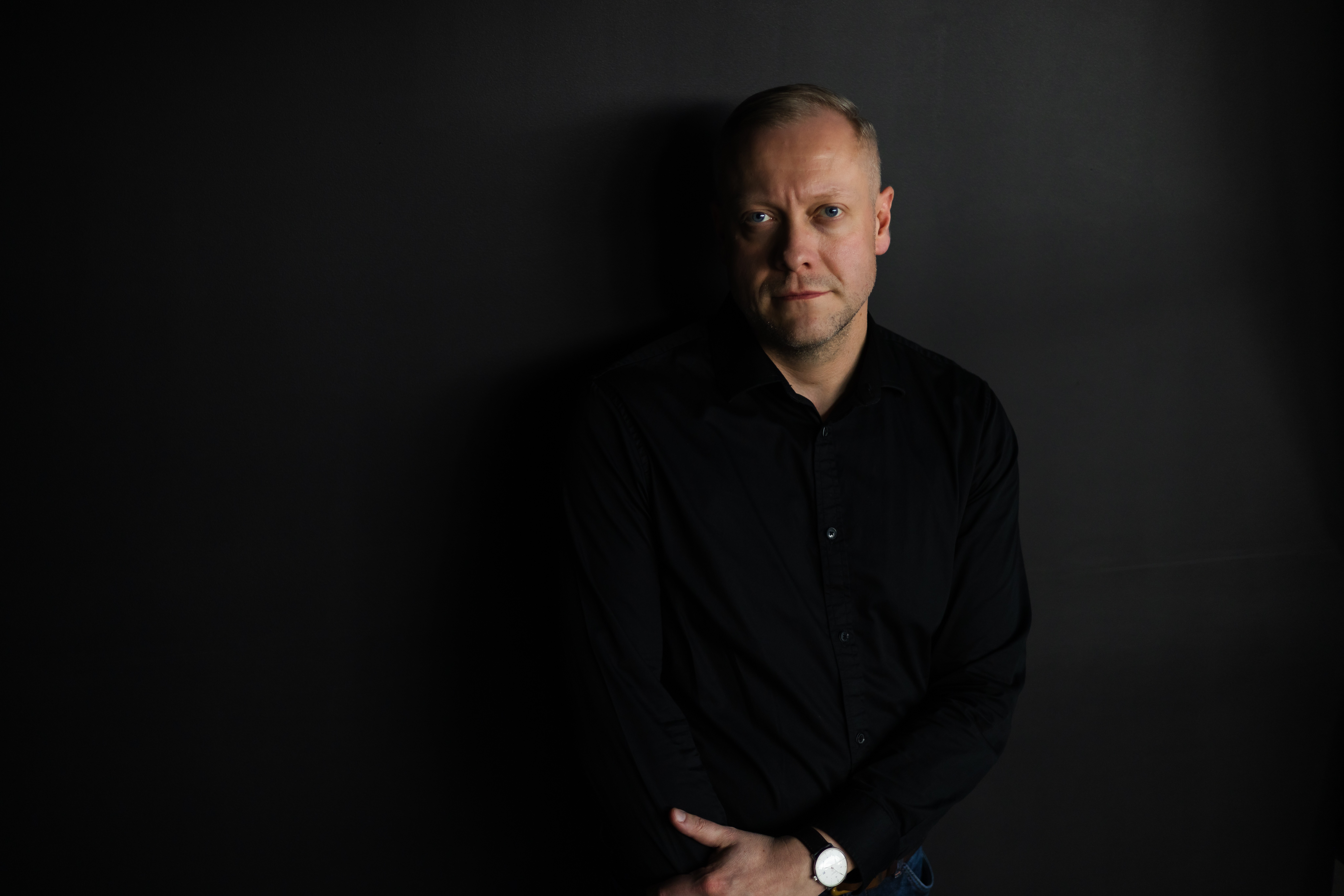

Today we’d like to introduce you to Michael Schluetter.
Hi Michael, thanks for joining us today. We’d love for you to start by introducing yourself.
I was born and raised in East Germany, in a small town called Zella-Mehlis, during the final years of the Cold War. Growing up behind the Iron Curtain shaped me deeply – creativity had to exist quietly, within limits, and I learned early on how to make something meaningful out of very little. That mindset “to create more with less” became the foundation of how I approach design to this day.
After the fall of the Berlin Wall, everything changed. Suddenly, the world opened up, and so did my curiosity. In 1998, as a teenager, I had the chance to spend a year in Texas as an exchange student. That experience completely changed my perspective – it was my first real connection to American culture and technology. I joined a Technology Systems class where I learned the basics of AutoCAD and 3D Studio, and for the first time saw how design, technology, and imagination could merge. Without realizing it then, that year laid the groundwork for my later life in the U.S.
When I returned to Germany, I began my apprenticeship in 1999 at my father’s kitchen studio, learning every aspect of the trade; from design and planning to installation and working directly with clients. Those years instilled in me a strong respect for craftsmanship, detail, and the human side of design. At the same time, I studied business economics, which helped me understand how creativity and structure can coexist in a sustainable business model.
In 2014, I decided to move to the United States permanently. Starting over in a new country was challenging, but it allowed me to grow beyond being just a designer – I became a bridge between European craftsmanship and American innovation.
Today, I’m the Director of Design at ADG Studio in Atlanta, where my focus is on what I call Holistic Interior Design Approach – an method that integrates architecture, interior design, and product design around the way people truly live. My goal is to create spaces that are not only beautiful but also emotionally and functionally connected to the people who inhabit them.
My design heritage is deeply rooted in the German tradition of functional and human-centered design, tracing back to the Bauhaus movement that began only a few miles from where I grew up, in Weimar. I see myself as part of the Post-Bauhaus generation, the Formgestalter – designers who blend technology, material intelligence, and emotional awareness to create meaningful form. Through this lens, my work continues the Bauhaus spirit, but reinterpreted for the challenges of today: sustainability, cultural identity, and emotional connection through space.
From the small workshops of East Germany to designing modern showrooms and collaborating with global brands, my journey has always been about resilience, adaptability, and staying true to my design DNA and with that- a balance between form, function, and humanity.
I’m sure it wasn’t obstacle-free, but would you say the journey has been fairly smooth so far?
It definitely hasn’t been a smooth road, but I think that’s what makes a journey meaningful. Growing up in East Germany, I learned early on that nothing comes easy. After reunification, everything changed overnight – systems, opportunities, even identity. You had to adapt fast and find your place in a world that was suddenly wide open but without a roadmap. That experience built resilience, which still defines me today.
When I moved to the United States, I was essentially starting over with no network, no reputation, and a completely different design culture. It took years to build trust and to translate my European design language into something Americans could connect with emotionally. People often associate German design with precision and minimalism – which is true – but my mission was to show that it can also be warm, human, and deeply emotional.
My early years in Florida helped me find my footing quickly. The design community there was open, collaborative, and curious about European design principles. But when I later moved to Atlanta, things were very different. The community here was more fragmented and traditional in its thinking. Finding likeminded designers who shared a modern, holistic vision – people who wanted to build something new rather than repeat the same formulas that took time and patience. Over the years, I slowly built a team around that shared mindset, and that has become one of my proudest achievements.
Another major challenge was balancing creativity with the realities of running a business. As designers, we’re visionaries – but vision has to meet structure, process, and economics. Building ADG Studio meant learning to manage growth, relationships, and expectations while staying true to my philosophy.
On a more personal level, there were moments of burnout. The industry moves fast, and the pressure to constantly innovate can be intense. But those moments pushed me to define what holistic design truly means, not only in architecture and interiors but in life itself. It’s about balance, awareness, and designing from a place of meaning, not just aesthetics.
Every obstacle taught me something valuable: design, like life, is never linear. It’s iterative – and sometimes, the rough edges reveal the most authentic ideas.
Thanks – so what else should our readers know about your work and what you’re currently focused on?
At ADG Studio, my work revolves around what I call Holistic Interior Design – an approach that blends architecture, interior design, and product design into one connected language. Rather than designing for a single room or product, I focus on creating a complete experience – how light, materials, technology, and emotion interact to shape how people feel and live in a space.
I specialize in modern European design, bringing the craftsmanship, clarity, and logic of German design culture into the American context. What sets my work apart is not just aesthetics – it’s the process. Every project starts with understanding how people live, move, and think. From there, we build environments that are not only beautiful but also intuitive and emotionally grounding.
Our studio uses advanced tools like Matterport scans, AutoCAD 3D, and real-time rendering to create digital twins of each space before we even start construction. This allows our clients to truly “walk” through their future home, see materials in real lighting, and feel confident in every decision. It’s a method that merges precision engineering with creative intuition – something I learned early on in Germany and have refined through working in the U.S. market.
Over the years, I’ve had the privilege to collaborate with incredible Appliances and Cabinetry brands like Miele, JennAir, Hestan, Gaggenau and Sachsenküchen, developing live showroom concepts, product integrations, and experiential displays that connect design with real-life storytelling. These collaborations allow us to push innovation further – turning kitchens, bathrooms, and living spaces into living ecosystems.
A key part of ADG Studio’s identity is collaboration and mentorship. My creative collaborator, Hnin Eindra Aung, plays a vital role in shaping our visual storytelling and material compositions. She brings a refined sensibility that balances structure with emotion – a perspective deeply rooted in cultural awareness and attention to human detail. Together, we not only design but also cultivate a studio culture that values learning, craftsmanship, and empathy.
We believe that great design comes from understanding both the conceptual and the practical. That’s why we make it a priority to pass on real, hands-on knowledge to the next generation of designers. In the U.S., many young professionals learn how to create beautiful concepts, but not how those ideas come to life. At ADG Studio, we teach our team not only the art of design and presentation, but also how to communicate respectfully with clients, builders, architects, and craftsmen. Understanding how things are built – how materials connect, how custom furniture is manufactured, and how a design holds together physically is essential. True design goes beyond visuals; it’s about creating something that works beautifully in the real world.
What I’m most proud of is that our projects don’t just look high-end – they feel human. Every line, material, and connection has a purpose. I believe that design is not about decoration; it’s about creating rhythm, atmosphere, and emotional balance. That’s what “holistic” means to me.
At the end of the day, I see myself not just as a designer, but as a form creator – a “Formgestalter” in the Post-Bauhaus sense. My work continues that lineage – rooted in function and truth, but always evolving toward the emotional and human side of design.
What does success mean to you?
For me, success is not measured in numbers or square footage – it’s measured in meaning. True success happens when design connects people to themselves and to their surroundings in a deeper way.
It’s when a client walks into their finished home and feels understood, or when a young designer I’ve mentored takes ownership of a space and says, “I see it now – this is how it all comes together.” It’s also when, years later, a client calls again – telling me how life has evolved, how their children have grown, and that it’s time to start something new, perhaps a project in the mountains. Those moments remind me that design, when done with sincerity, becomes part of a family’s story.
As someone who grew up in East Germany, success also means freedom – the ability to think independently, to build bridges between cultures, and to contribute something lasting. My work is not about luxury; it’s about purpose. If my designs outlive trends, inspire others to create consciously, and help shape a more thoughtful industry, then that is success to me.
Contact Info:
- Website: https://adg-studio.com/
- Facebook: https://www.facebook.com/profile.php?id=61560485547169
- LinkedIn: https://www.linkedin.com/showcase/atl-adg-studio/
- Other: https://www.linkedin.com/in/michaelschluetter/
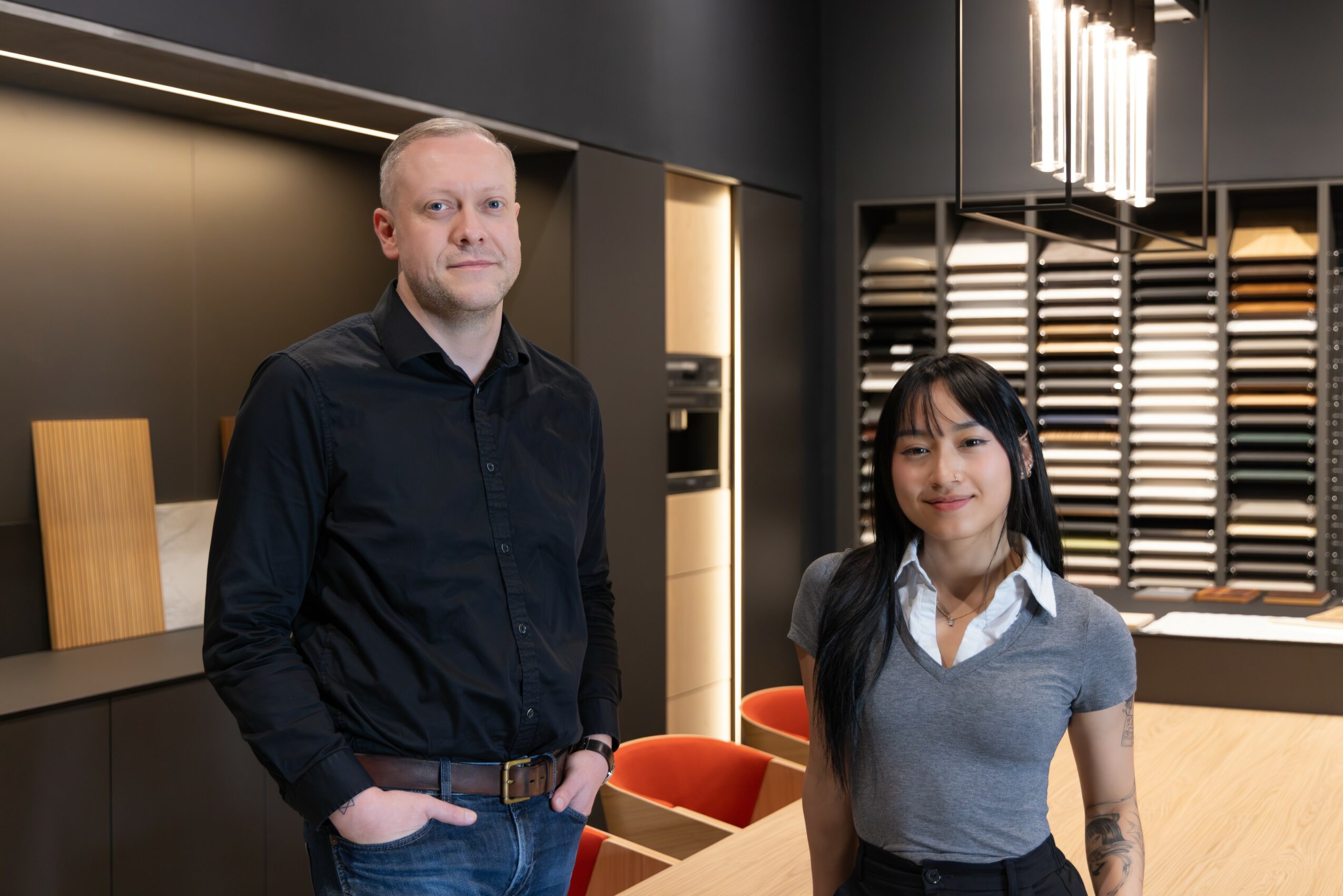
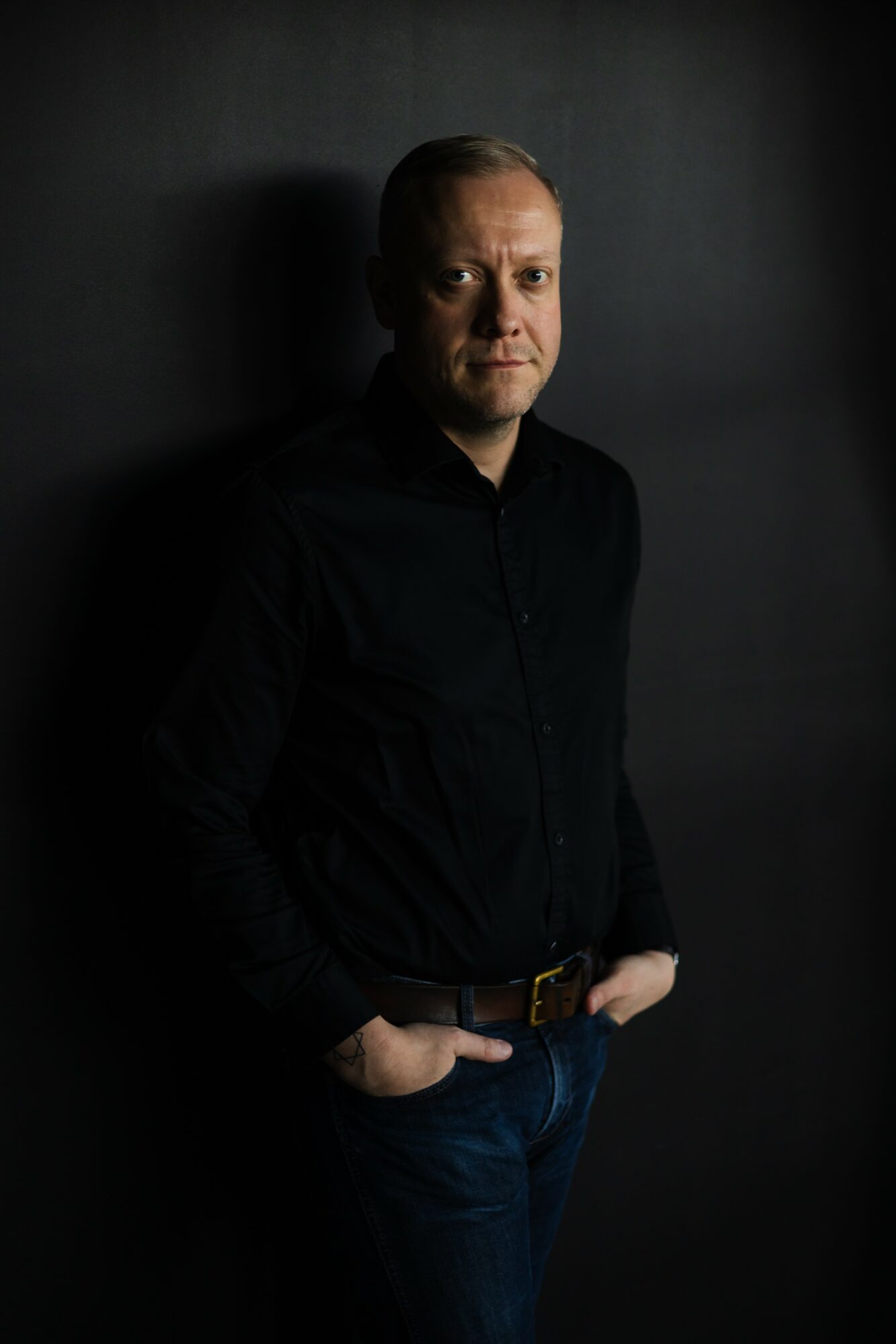
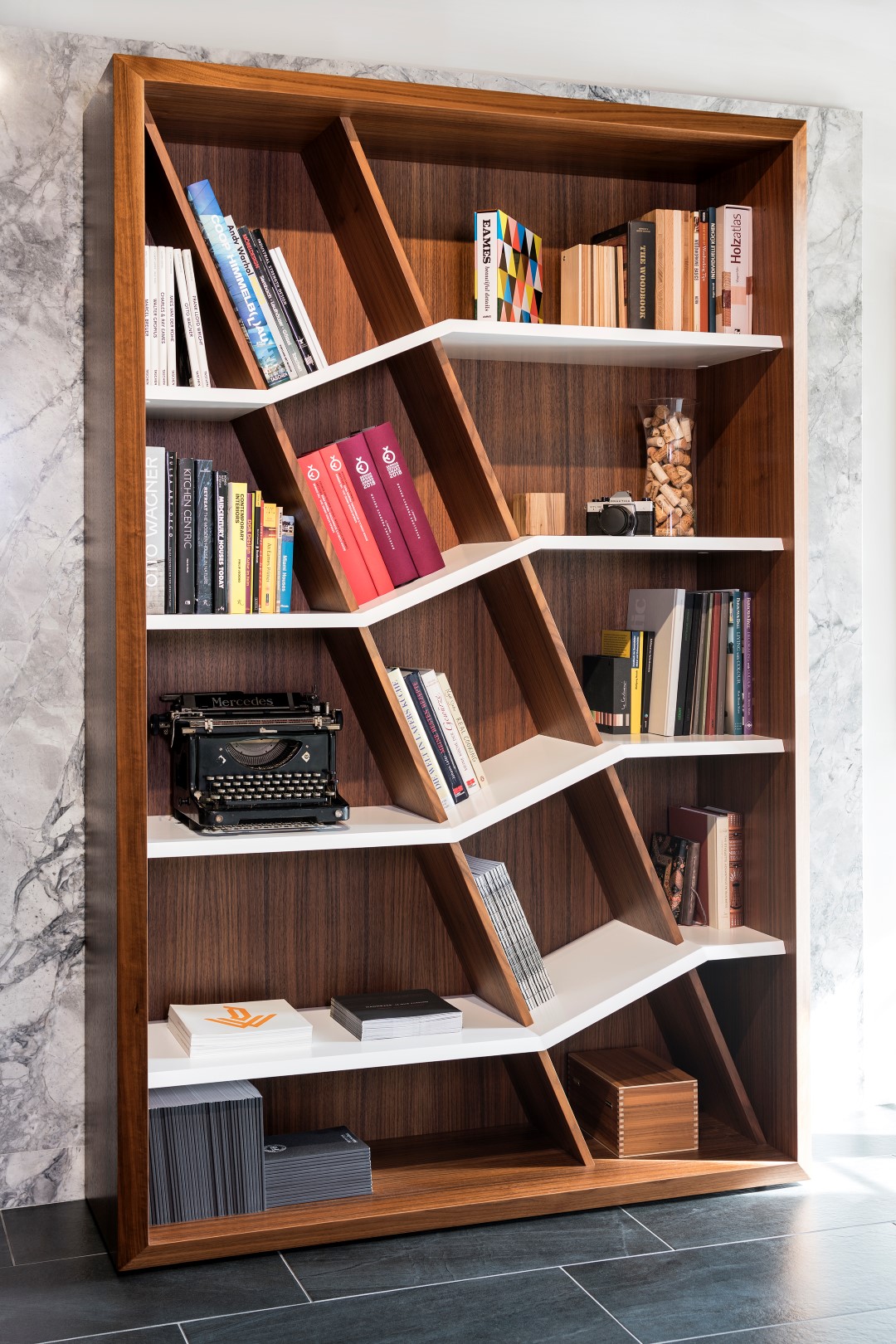
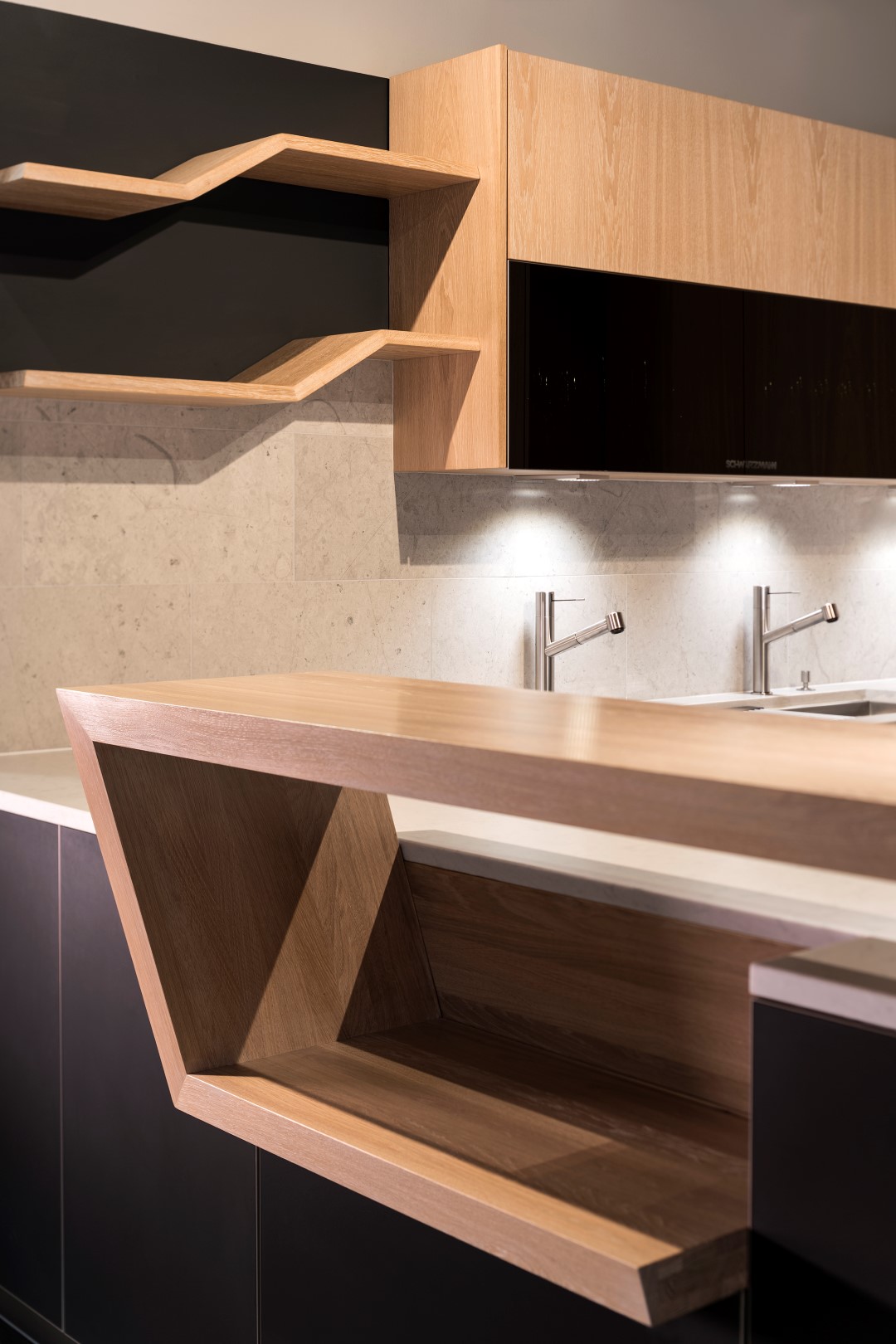
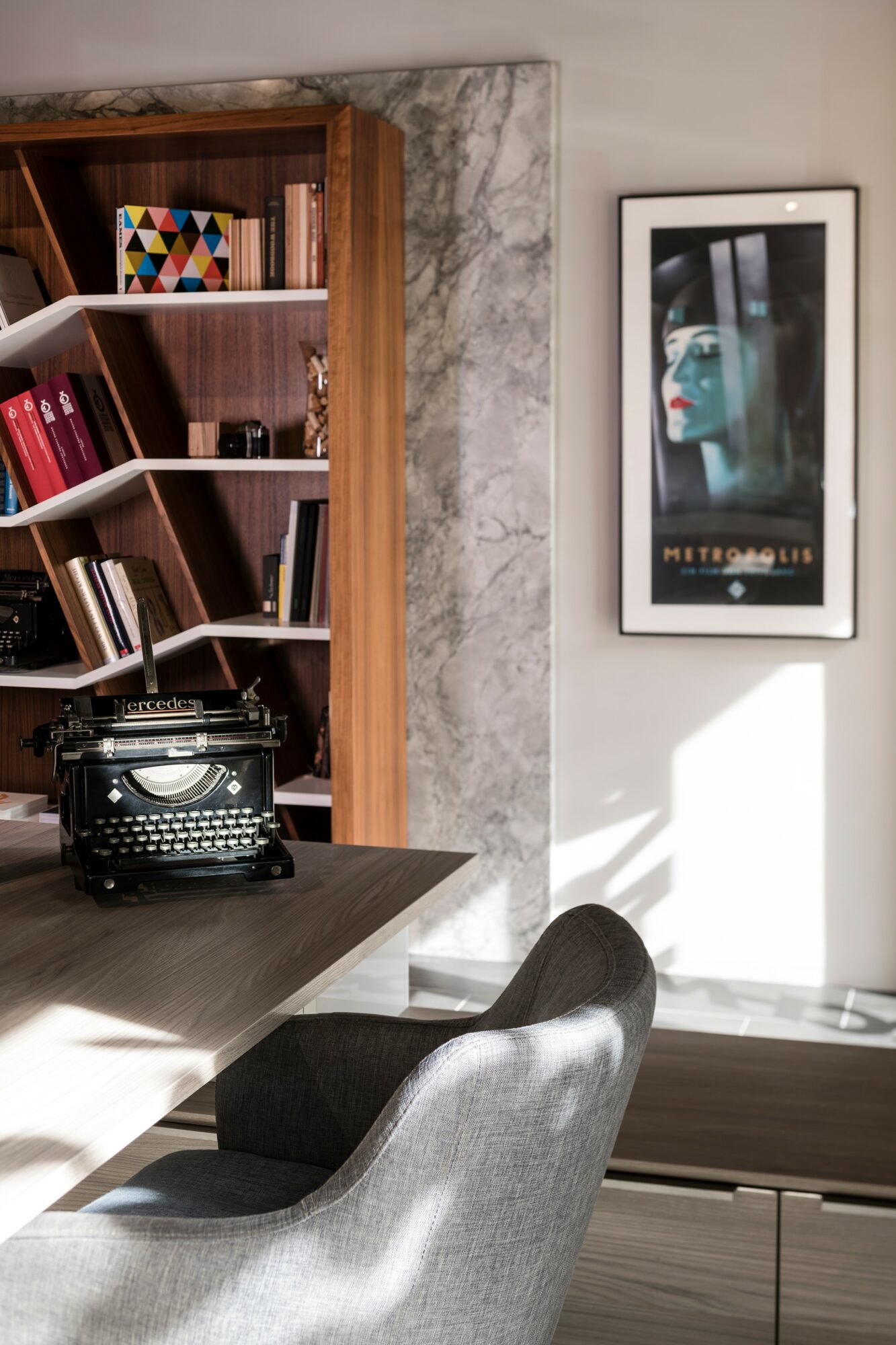
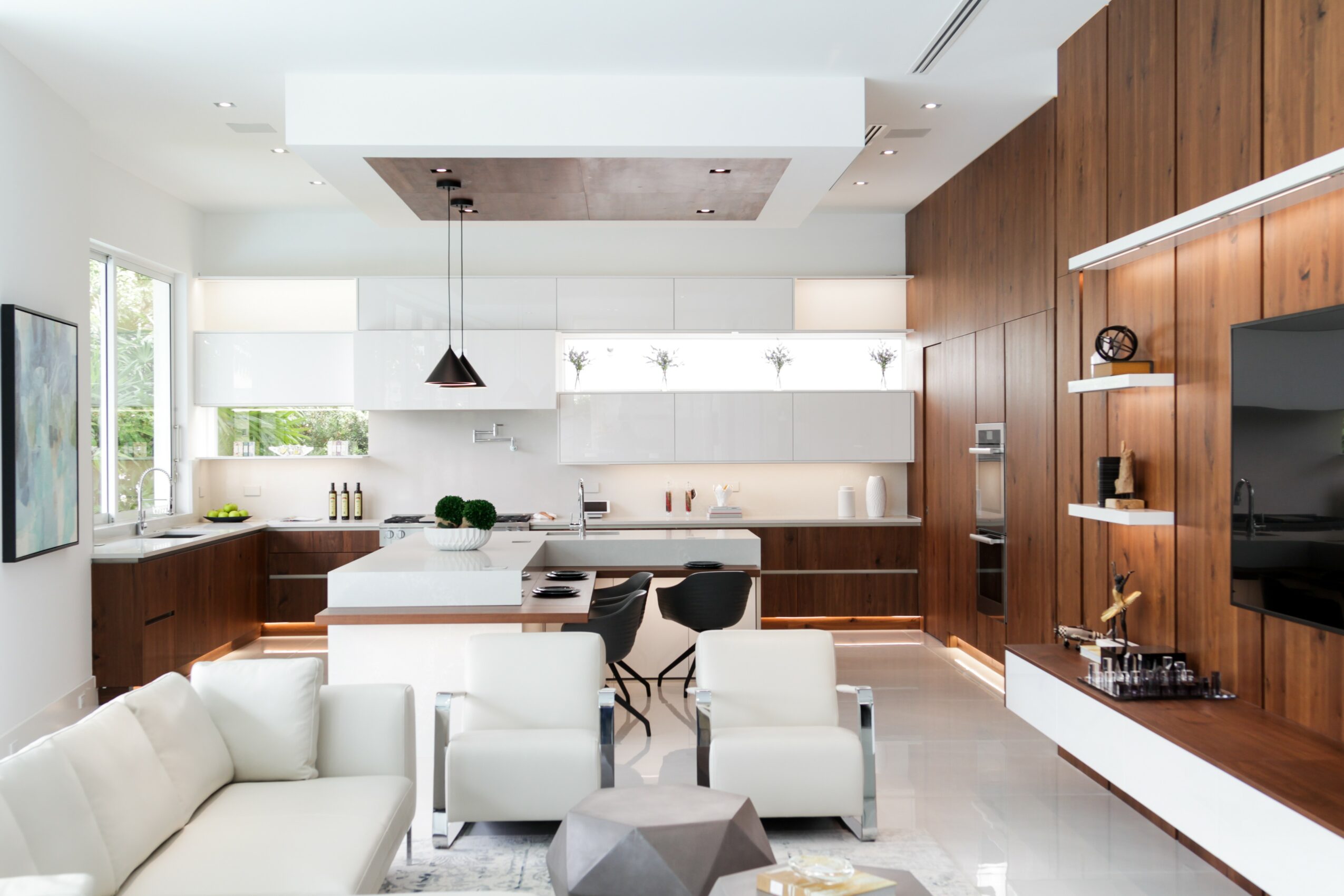
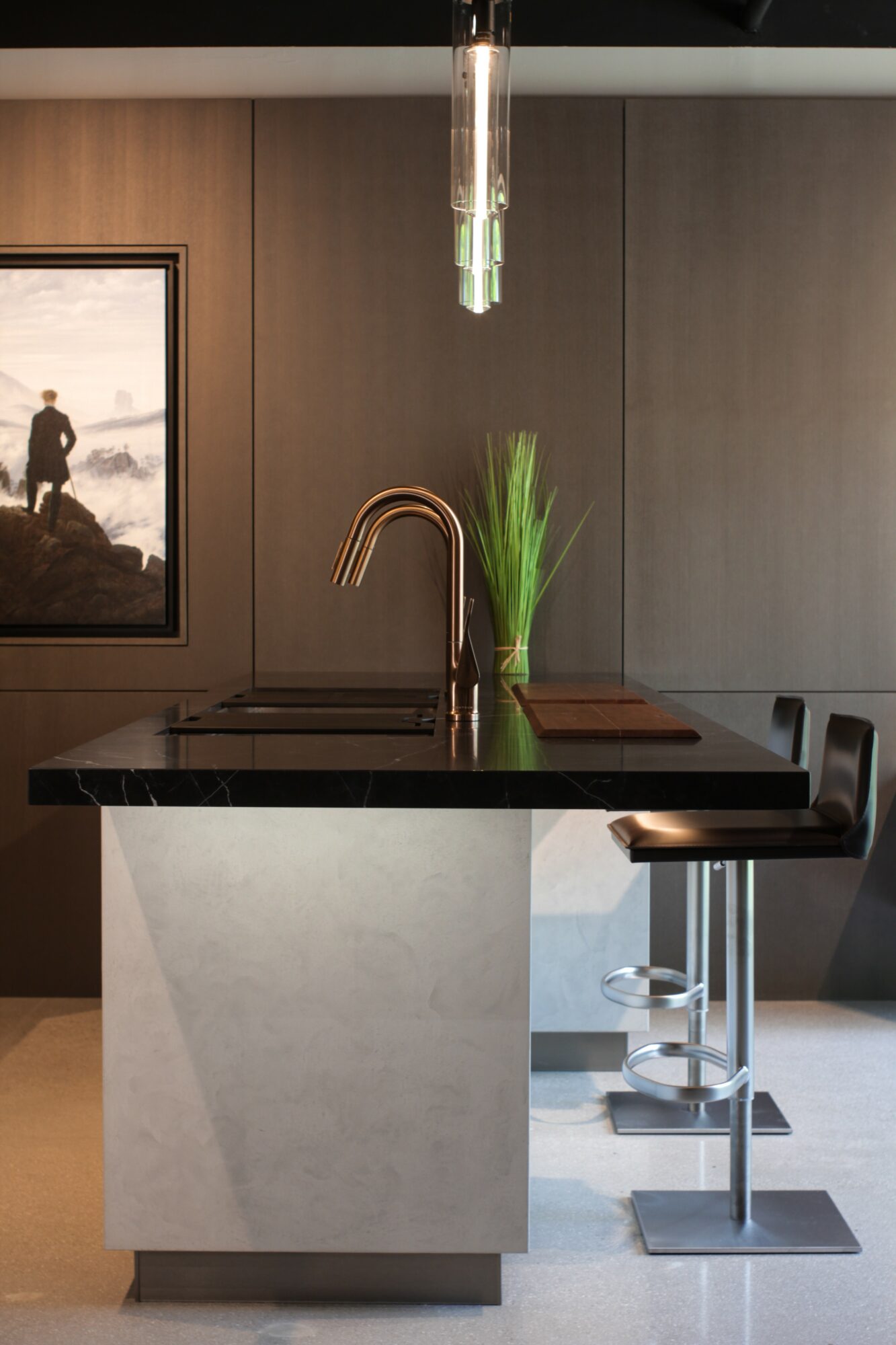
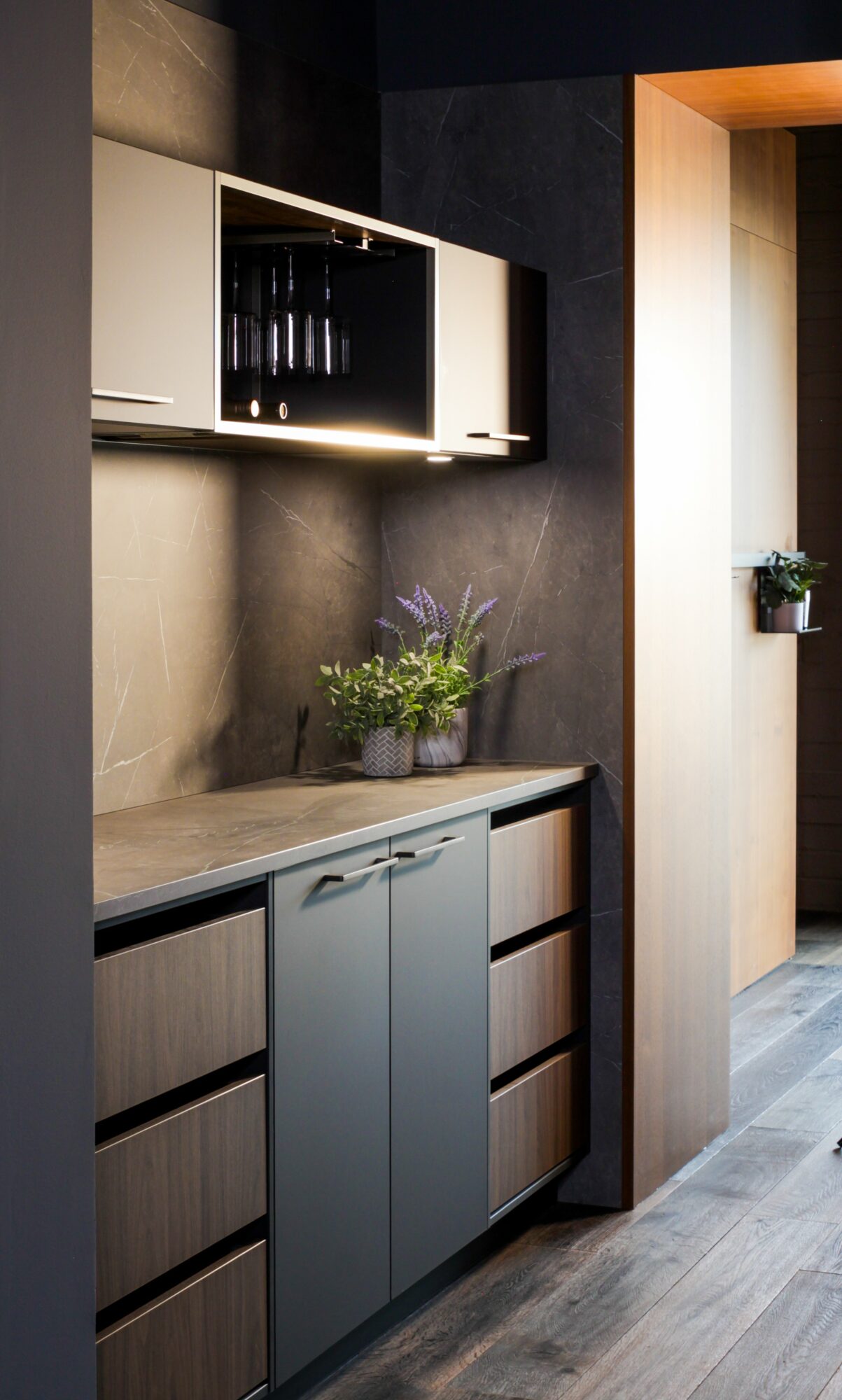
Image Credits
Michael Schluetter, Christopher Bowen, Katya Vilchyk


